SLVS893F December 2008 – May 2019 TPS61500
PRODUCTION DATA.
- 1 Features
- 2 Applications
- 3 Description
- 4 Revision History
- 5 Pin Configuration and Functions
- 6 Specifications
- 7 Detailed Description
-
8 Application and Implementation
- 8.1 Application Information
- 8.2
Typical Applications
- 8.2.1
Analog Dimming Method
- 8.2.1.1 Design Requirements
- 8.2.1.2
Detailed Design Procedure
- 8.2.1.2.1 Programming the Overvoltage Protection
- 8.2.1.2.2 Programming the LED Current
- 8.2.1.2.3 Implementing Dimming
- 8.2.1.2.4 Computing the Maximum Output Current
- 8.2.1.2.5 Selecting the Inductor
- 8.2.1.2.6 Selecting the Schottky Diode
- 8.2.1.2.7 Selecting the Compensation Capacitor and Resistor
- 8.2.1.2.8 Selecting the Input and Output Capacitor
- 8.2.1.3 Application Curves
- 8.2.2 Pure PWM Dimming Method
- 8.2.1
Analog Dimming Method
- 9 Power Supply Recommendations
- 10Layout
- 11Device and Documentation Support
- 12Mechanical, Packaging, and Orderable Information
Package Options
Mechanical Data (Package|Pins)
- PWP|14
Thermal pad, mechanical data (Package|Pins)
- PWP|14
Orderable Information
6.6 Typical Characteristics
Table 1. Table of Graphs
| FIGURE | ||
|---|---|---|
| Efficiency | VIN = 5 V, 4 LEDs, 8 LEDs, 10 LEDs | Figure 1 |
| Efficiency | VIN = 5 V, 12 V; VOUT = 8 LEDs | Figure 2 |
| FB voltage accuracy | vs Temperature | Figure 3 |
| Switch current limit | vs Duty cycle | Figure 4 |
| Switch current limit | vs Temperature | Figure 5 |
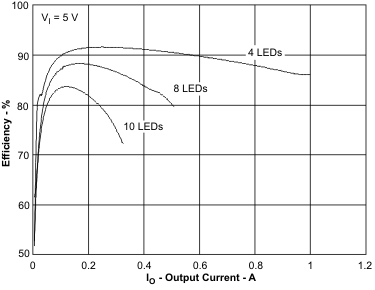 Figure 1. Efficiency
Figure 1. Efficiency 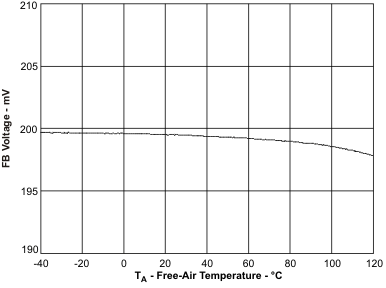 Figure 3. FB Voltage Accuracy
Figure 3. FB Voltage Accuracy 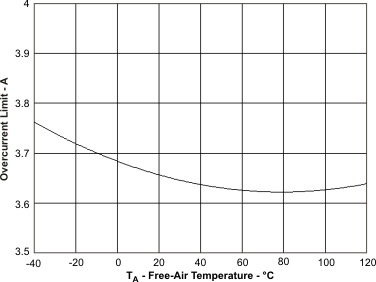 Figure 5. Switch Current Limit
Figure 5. Switch Current Limit 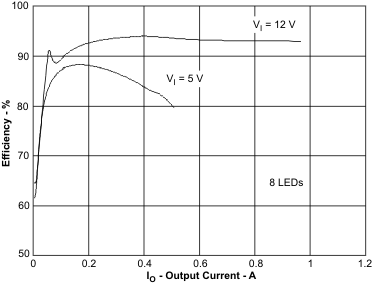 Figure 2. Efficiency
Figure 2. Efficiency 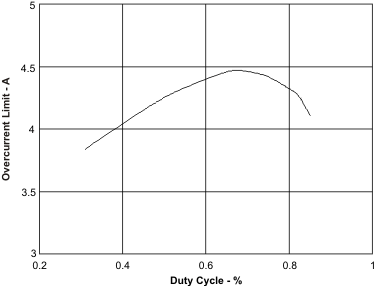 Figure 4. Switch Current Limit
Figure 4. Switch Current Limit